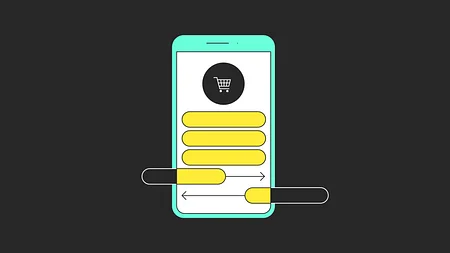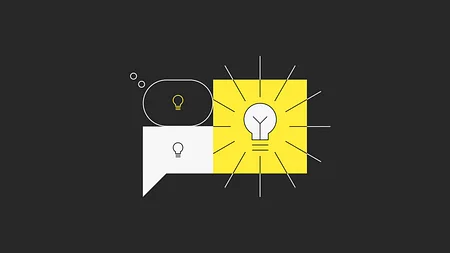Can digital companies make banking affordable for Canadians?

Banking in Canada is expensive. Incumbent banks apply charges on just about everything, from transaction fees for sending money to monthly charges for just having an account open.
Canada’s banking landscape is dominated by five big incumbent banks - BMO, Scotiabank, CIBC, RBC and TD - that typically charge their customers between $3-$30 a month for having a checking account open.
That's right - $30 a month. That’s up to $360 a year just for the privilege of having access to a bank account.
That’s up to $360 a year just for the privilege of having access to a bank account.
Customers are also charged fees on each transfer they make, which range between $1.25-$1.95, and have to pay to use ATMs from different banks. ATM fees range from $1.90 to more than $4.50 depending on the bank and the ATM network used.
Many banks offer to waive fees for customers but only if they keep a constant minimum balance in the account. These minimum balances are often several thousands of dollars, which the average person may struggle to afford.
In July this year, many of the big banks increased the minimum balance required to avoid monthly fees from $1,000 to $5,000. Considering many families lost income from the pandemic and that banks posted record profits in Q1 2021, it’s a huge increase.
A minimum balance of $5,000 excludes huge portions of Canada’s population from fee-free banking - especially among younger people. Millennials and Gen Z generally have fewer liquid assets than Boomers or Gen X which means that younger people are more likely to be forced to pay an average of $220 a year in fees. For those with $5,000 sitting in their bank account, the opportunity cost of keeping the money in an account with no interest versus saving $5,000 in a high-interest rate savings account, or investing it, is high.
Bank fees and high minimum balances are unfair. One Canadian even told us: "They say, you know you're truly Canadian when you hate banks".
"They say, you know you're truly Canadian when you hate banks".
But why is banking in Canada so expensive? And where can Canadians put their money where they won’t be charged such high fees?
To put it simply, banking in Canada is expensive because account fees, transaction fees and ATM fees are a great source of revenue for Canadian banks. So why do some banks waive fees for customers with high account balances?
Because if a customer has a lot of money in their account, the bank can lend this out, offsetting the revenue it would have made from the account fees. So while ‘no fees’ seems like a nice perk, it’s still putting the bank’s revenue above the needs and experiences of the customer.
There is a growing shift in customer behaviour and a rise in digital challenger banks hoping to break up Canada’s banking oligopoly. These challenger banks are putting the customer first by offering bank accounts with no fees, unlimited transactions and free e-transfers. Some of the most well-known ones - Tangerine Bank and Simplii Financial - are digital subsidiaries of incumbent banks. They can leverage the banks’ large existing ATM network and infrastructure.
However, incumbent banks still dominate the market partly due to customers’ inertia and resistance to switching.
Customers know they’re not getting a good deal with their current banks but switching still isn’t a huge priority. One of the reasons for this is that there are no switching tools, which makes the process long and tedious. For more Canadians to switch banks, challenger banks will have to offer more than just a current account with no fees on a mobile phone. There needs to be a strong incentive that makes the opportunity cost of not switching bigger than the pain of having to switch.
For more Canadians to switch banks, challenger banks will have to offer more than just a current account with no fees on a mobile phone.
So what will it take for Canadians to switch?
While some of these new banks do offer customer-centric products, many don’t seem to offer anything new or innovative other than ‘everyday banking’ with no fees and better interest rates.
We’ve seen challenger banks in other markets successfully offer innovative solutions to persuade customers to switch:
Early payday incentives for switching direct deposits to become the primary account
Leverage customer data to personalise the experience and increase relevance based on financial wellbeing
Make it easy for customers to set up ‘sticky’ repeat banking behaviours like direct deposit and bill pay, and link to better financial health reporting and monitoring
Build a habit of wellbeing interaction (nudges, gamification, rewards) that focus on life goals and financial health and encourage customers to cut ties with their old bank
Use contextual mobile app data to reach customers at the right place and time offering better resources to inform key life decisions
Simplify the switch process by handling transfer of account balance from the old bank
Challenger banks are solving the first part of the problem by taking away fees but haven’t yet managed to tackle the second part of the problem - providing incentives big enough to overcome mass inertia. Introducing innovative solutions that solve customers' real financial needs, beyond reducing fees and charges, could be part of the solution and help to build long-term customer loyalty.



